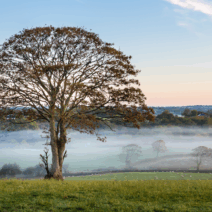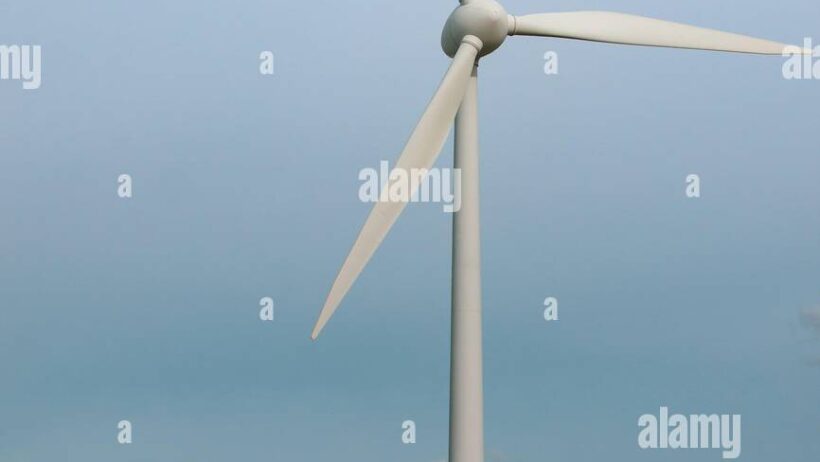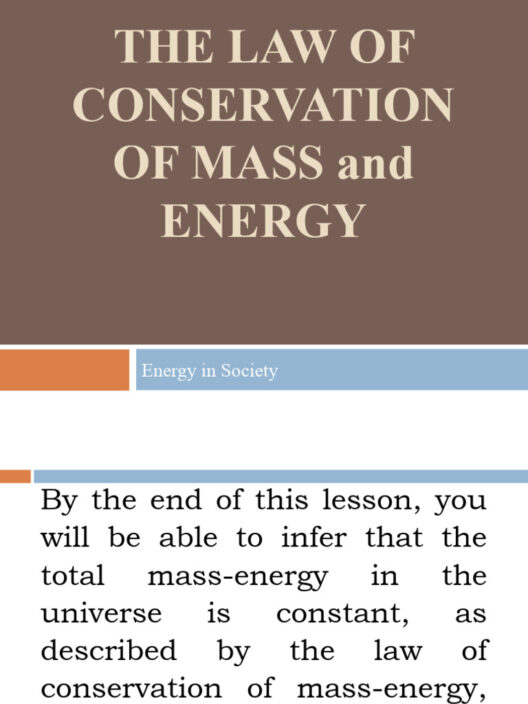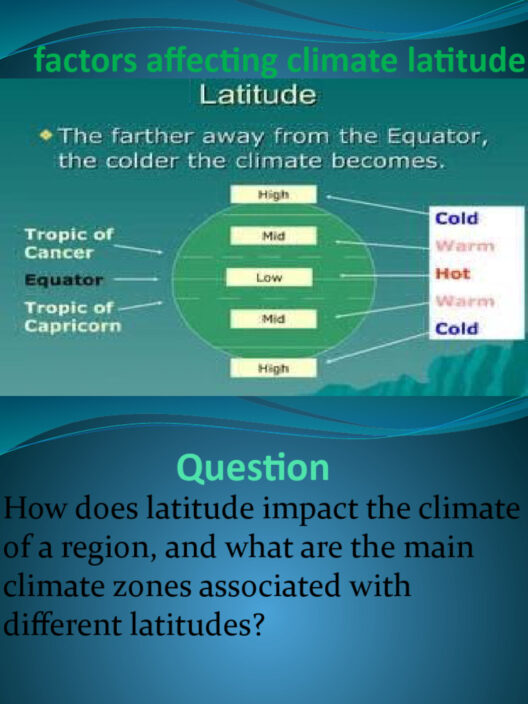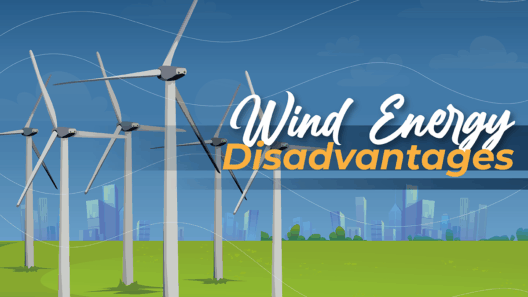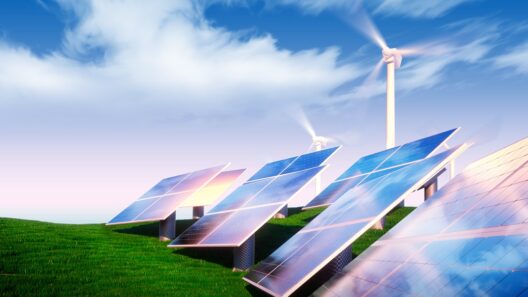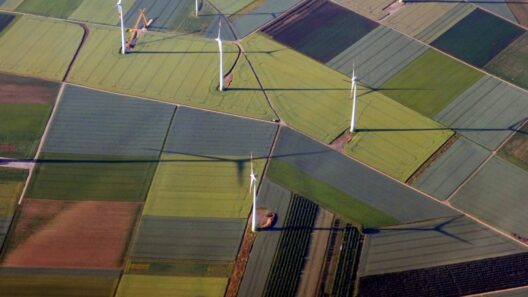Wind power has emerged as a pivotal player in the pursuit of sustainable energy solutions. With the global imperative to reduce carbon emissions and combat climate change, the utilization of renewable energy sources is more critical than ever. At the heart of wind power generation lies a fundamental question: Is wind kinetic energy? This query invites exploration into the dynamic intersection of physics, energy production, and environmental sustainability.
The essence of wind is rooted in kinetic energy, which is the energy possessed by an object due to its motion. Wind, by its very nature, is air in motion. As the atmosphere shifts, driven by temperature gradients, the kinetic energy contained within this moving air can be harnessed and converted into mechanical power. This very transformation forms the backbone of wind turbines, the harbingers of clean energy that dot landscapes across the globe.
Understanding the relationship between wind and kinetic energy punctuates the broader conversation about renewable energy sources. As we dissect this connection, we also confront key buyer concerns related to wind energy: efficiency, feasibility, and environmental impact.
The Conversion of Kinetic Energy into Mechanical Power
The mechanism through which wind energy is transformed into electrical energy is both fascinating and intricate. Wind turbines operate on a straightforward principle: they capture the kinetic energy of the wind using blades that rotate when struck by air currents. This rotation spins a shaft connected to a generator, converting mechanical energy into electrical energy through electromagnetic induction. In essence, wind energy is a renewable source as it harnesses the perpetually circulating air currents within the Earth’s atmosphere. Unlike fossil fuels, whose finite reserves are rapidly depleting, wind is a limitless resource.
However, to properly address concerns surrounding efficiency, it is essential to acknowledge the performance capabilities of wind turbines. Modern wind turbine designs can capture up to 45% of the wind’s kinetic energy, although this efficiency can fluctuate based on factors such as wind speed and turbine placement. Understanding these variables is crucial for potential investors and stakeholders. They may ponder the financial viability of installing wind turbines, questioning if the investment will indeed yield the intended returns. By comprehending the efficiencies of kinetic energy conversion, buyers can make informed decisions regarding wind energy projects.
Impacts of Wind Energy on the Environment
The environmental advantages of harnessing wind kinetic energy are far-reaching. Wind power generates electricity without producing harmful emissions or depleting natural resources. As the world becomes increasingly aware of the deleterious effects of fossil fuel consumption, wind energy emerges as a cleaner alternative, contributing to substantial reductions in greenhouse gases. This shift presents compelling arguments for both private and public sectors to invest in wind energy infrastructure.
Moreover, the land-use aspect is another key consideration. Wind turbines require considerable space, which raises concerns about land management and ecological disruption. Proper site selection and environmental assessments are imperative in mitigating potential impacts on local wildlife and ecosystems. Responsible deployment ensures that wind energy can flourish without compromising the essential balance of nature.
Establishing Wind Energy Cost Effectiveness
For prospective buyers, one of the foremost considerations remains cost: How do the initial investments in wind energy align with long-term savings? The economics of wind energy have dramatically shifted over the past decades. As technology has advanced and public interest has surged, the costs associated with instating wind farms have plummeted. According to recent data, wind power is now among the most cost-competitive sources of new electricity generation worldwide.
In addition, ongoing operational costs are significantly lower compared to fossil fuel sources. Once erected, wind turbines require minimal maintenance and no fuel purchases, further enhancing their long-term financial viability. This factor is crucial when evaluating wind energy’s position in energy portfolios against traditional fossil fuels, providing clear justification for why governments and corporations should prioritize this renewable energy segment as part of their energy strategies.
Community Engagement and Public Perception
A significant facet of wind energy deployment encompasses community relations and public opinion. Local acceptance becomes paramount when establishing wind projects, as public sentiment can directly influence projects’ progression. Engaging with communities early in the planning process fosters transparency and cooperation, addressing stakeholder concerns and damping potential NIMBY (Not In My Backyard) sentiments that might arise.
Educational initiatives can illuminate the tangible benefits of wind energy penetration, including job creation within the sector and the local economic boon that installation projects can bring. When communities grasp the connection between kinetic energy harnessed from wind and their own economic prospects, they are more likely to support such initiatives enthusiastically.
Envisioning a Wind-Powered Future
The nexus of wind energy and kinetic energy shapes a promising narrative for the future of sustainable energy. As we look ahead, it is imperative to continue refining technologies, maximizing efficiency, and fostering community engagement. Innovations in turbine design and placement, coupled with advances in energy storage solutions, will further bridge the gap between wind energy potential and practical application.
Wind power harnesses nature’s kinetic energy, channeling it into an electrifying force for environmental stewardship. As awareness grows and investments flow into renewable energy sources, the promise of a clean energy future becomes increasingly tangible. By understanding the complexities of wind energy, potential buyers, investors, and communities can collectively work towards a more sustainable and energy-efficient world.

